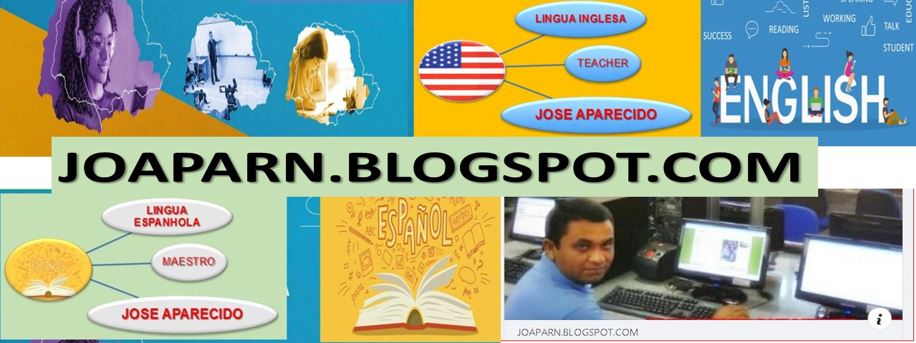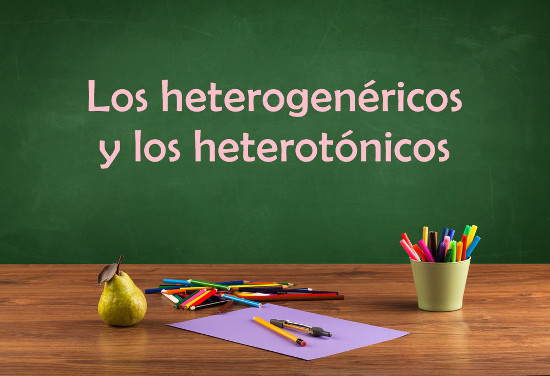Membros da família em inglês (family members)
Relatives: parentes em geral
Parents: pais (mãe e pai)
Ex: I’ll go with my parents (Eu vou com meus pais)
Wife: esposa
Husband: marido
Fiancé – noivo
Bride – noiva
Mother: mãe
Father: pai
Daughter: filha
Son: filho
Sister: irmã
Brother: irmão
halfsister: meia irmã
halfbrother: meio irmão (por parte de pai ou mãe)
Sibling: irmão e irmã (não importa o sexo)
Ex: I share room with my siblings Ana and David (Eu divido quarto com meus irmãos Ana e David)
Children: filhos (crianças)
Ex: I love my children more than my own life (Eu amo meus filhos mais que minha própria vida)
Grandmother: avó
Grandfather: avô
Grandaunt: tia avó
Granduncle: tia avô
Granddaughter: neta
Grandson: neto
Grandparents: avós
Great grandmother: bisavó
Great grandfather: bisavô
Great granddaughter: bisneta
Great grandson: bisneto
Great great grandmother: trisavó
Great great grandfather: trisavô
Aunt: tia
Uncle: tio
Cousin: primo e prima
Second cousin: primo de segundo grau
Niece: sobrinha
Nephew: sobrinho
Stepmother: madrasta
Stepfather: padrasto
Mother-in-law: sogra (“mãe na lei)
Father-in-law: sogro (“pai na lei”)
Sister-in-law: cunhada (“irmã na lei”)
Brother-in-law: cunhado (“irmão na lei”)
Daughter-in-law – nora (“filha na lei”)
Son-in-law – genro (“filho na lei”)
Godmother: madrinha
Godfather: padrinho
Godson: afilhado
Goddaughter: afilhada





















